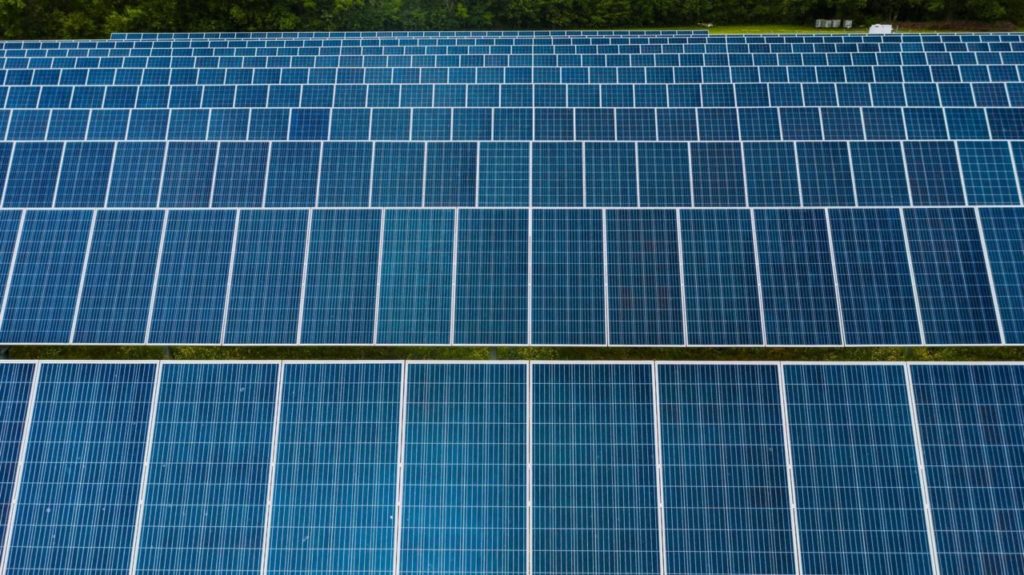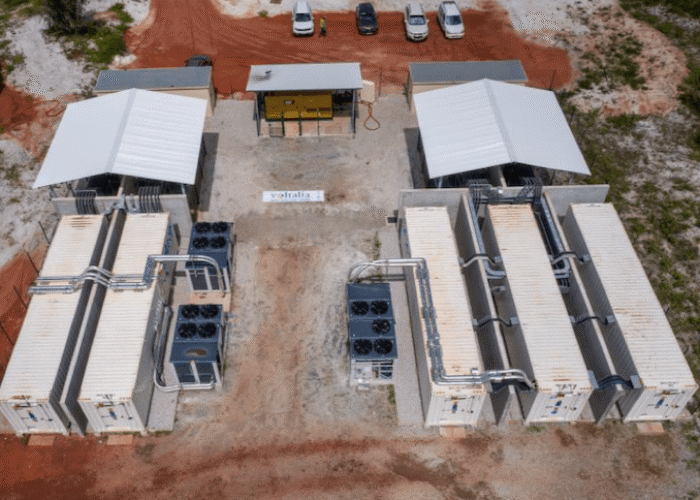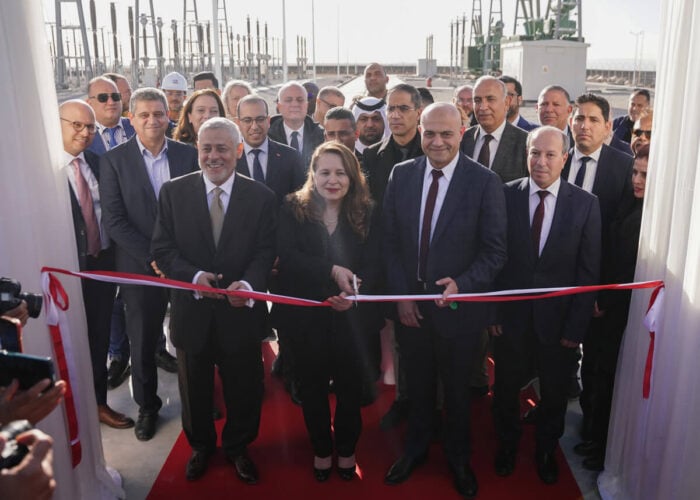
The Australian government has approved the 300MW Dunmore solar-plus-storage project near Toowoomba, Queensland, completing the environmental assessment process in just 19 days.
Australia’s environment and water minister, Murray Watt, announced the approval, highlighting the project’s strategic site selection that eliminated the need for new transmission lines or substantial land clearing.
Try Premium for just $1
- Full premium access for the first month at only $1
- Converts to an annual rate after 30 days unless cancelled
- Cancel anytime during the trial period
Premium Benefits
- Expert industry analysis and interviews
- Digital access to PV Tech Power journal
- Exclusive event discounts
Or get the full Premium subscription right away
Or continue reading this article for free
The solar project, developed by Samsung C&T Renewable Energy Australia, will be constructed on previously cleared land, demonstrating how appropriate site selection can expedite the approvals process for renewable energy developments.
As previously reported by our sister site, Energy-Storage.news, the project will incorporate a 150MW/300MWh battery energy storage system (BESS) located at the project site.
The Dunmore project will be situated on a 534-hectare portion of a larger 1,056-hectare site, with the solar PV plant and battery storage system strategically positioned to connect directly to the existing transmission infrastructure.
This approach avoided the complex planning and environmental challenges typically associated with new transmission line construction, contributing to the rapid approval timeline.
Minister Watt described the project as an example for the industry to follow, emphasising that good site selection near existing transmission lines helped the project speed through the approvals process.
The Dunmore solar-plus-storage site becomes the latest renewable energy project to receive swift environmental approval from the federal government. Last month, the government demonstrated its capacity for swift environmental approvals, with another 141MW solar PV power plant receiving approval, also in19 days, establishing a pattern of efficient processing for well-designed renewable energy projects.
Samsung C&T has submitted multiple battery energy storage projects to Australia’s Environment Protection and Biodiversity Conservation Act process, including the Dunmore project and additional developments in Western Australia and New South Wales.
Policy uncertainty leads to Queensland slipping in investor attractiveness
The Liberal National Party (LNP) of Queensland, under the leadership of David Crisafulli, won the state election in October 2024 and has since repeatedly made it harder to pursue utility-scale projects in the state.
Because of this, it was perhaps no surprise that Queensland slipped in investor attractiveness due to its policy uncertainty surrounding utility-scale renewables.
However, since taking office, the LNP of Queensland government has repeatedly reaffirmed that it is pursuing renewable energy projects that it deems “reasonable and realistic.”
The government’s new renewables stance has culminated in its newly released Energy Roadmap 2025. Although installed renewable energy capacity is set to increase by 2030, with an additional 6.8GW of wind and solar PV, coal-fired power plants have been granted a new lease of life.
Operating timeframes for state-owned coal assets have been reset to at least their technical lives, with options for further extension.
The state currently operates around 8GW of coal-fired generation capacity owned by government-owned corporations and private sector entities, supplying more than 60% of total output. This decision contrasts sharply with accelerated closure schedules pursued in other jurisdictions, such as New South Wales, which expects to close its last coal plant in 2038.
The energy market outlook confirms that state-owned coal assets will continue playing an important role in balancing supply and demand and stabilising the system. The government has committed to a clear framework for decisions on operating timeframes for state-owned coal assets through a decision matrix that triangulates system need, asset integrity and economic viability of state-owned coal units.
This approach contrasts with an accelerated closure pathway that would have withdrawn all state-owned coal by 2035 and all remaining coal before 2038. This pathway could have culminated in further investment in renewables and energy storage to fill the gap.






